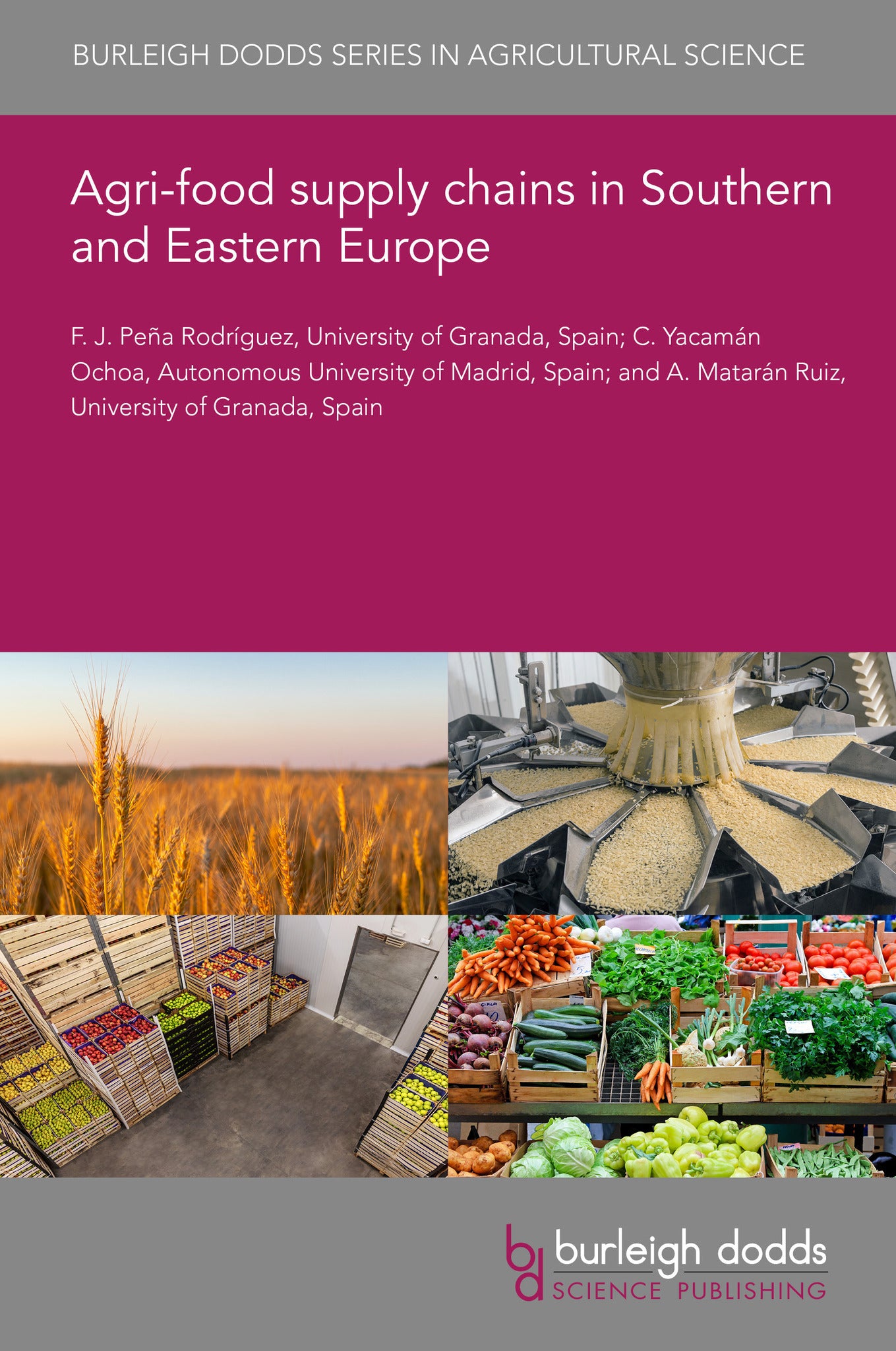We're sorry. An error has occurred
Please cancel or retry.
Agri-food supply chains in Southern and Eastern Europe

Some error occured while loading the Quick View. Please close the Quick View and try reloading the page.
Couldn't load pickup availability
- Format:
-
06 May 2024

This chapter describes the fundamental characteristics of the food systems of Eastern and Southern Europe, paying particular attention to their agro-export nature and the late predominance of large-scale distribution companies in their markets. The chapter then reviews the unsustainability of this model due to its high-energy demand and the need to opt for alternative channels, which the authors have framed within the short food supply chains (SFSCs), as the European Union is doing in its ‘From farm to fork’ strategy, which aims to correct the serious impacts of the Common Agricultural Policy. Finally, the chapter explains in detail how they are developing in Eastern and Southern Europe, pointing out the main problems they face and their current potential. The chapter also describes the types of SFSCs that currently exist in Spain as an example that could represent the other countries considered.

TECHNOLOGY & ENGINEERING / Food Science / Food Safety & Security, Agriculture, agribusiness and food production industries, BUSINESS & ECONOMICS / Industries / Agribusiness, TECHNOLOGY & ENGINEERING / Food Science / Food Packaging & Processing, TECHNOLOGY & ENGINEERING / Agriculture / Sustainable Agriculture, TECHNOLOGY & ENGINEERING / Agriculture / Agronomy / Crop Science, Food security and supply, Food and beverage processing and engineering, Sustainable agriculture, Agronomy and crop production

- 1 Introduction
- 2 Current agri-food supply chains in Southern and Eastern Europe
- 3 Transforming agri-food supply chains
- 4 Defining and developing short food supply chains
- 5 Developing short food supply chains: the example of Spain
- 6 Conclusion
- 7 Where to look for further information
- 8 References



